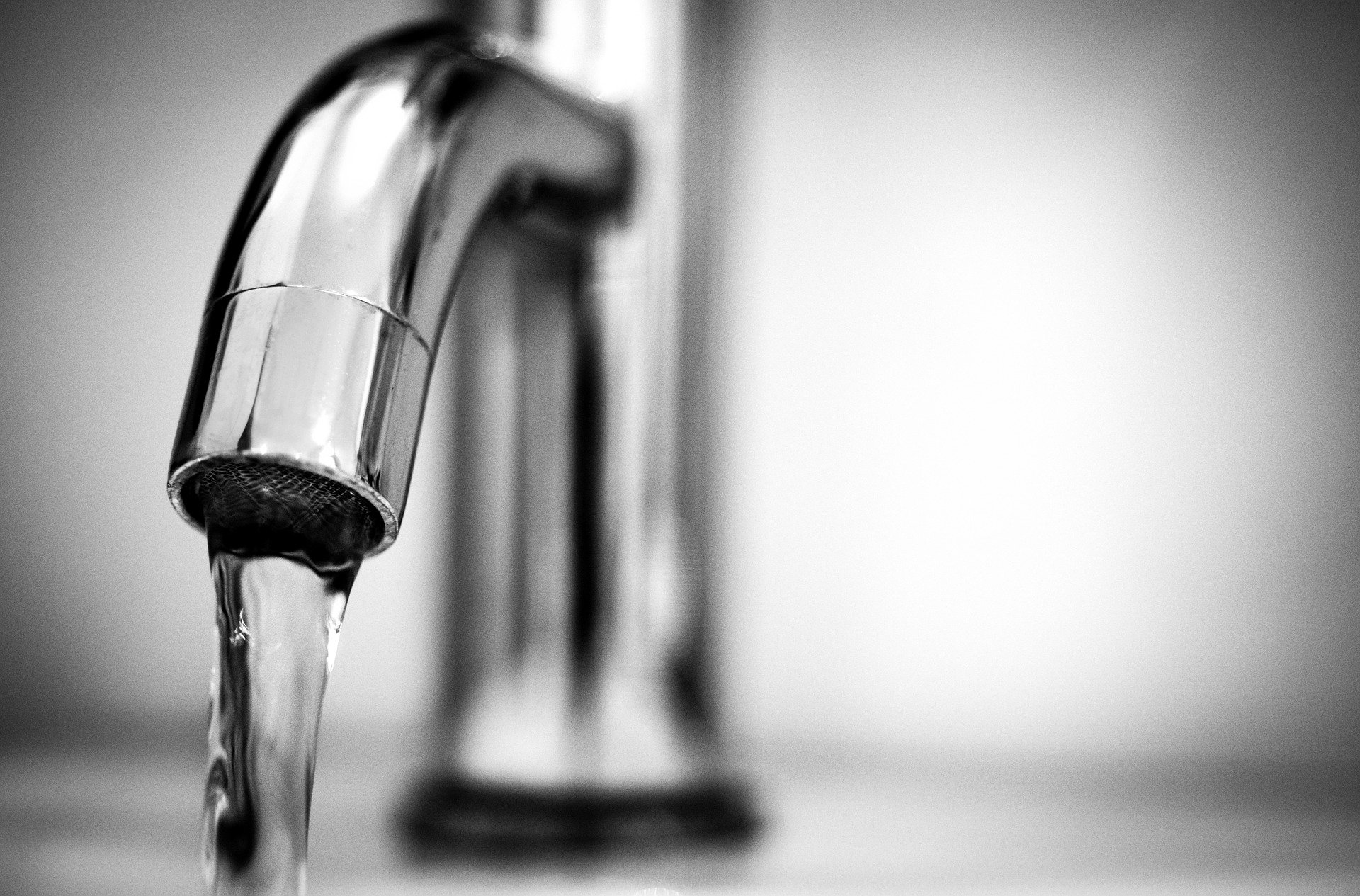Using water more intelligently at home is one of the best ways to cut back on expenses and reduce your family’s effect on the environment. In this blog post, we’ll take a look at 7 smart ways to save water. These go beyond the basics (turning off your faucets, etc) and provide some insights into the more oft-overlooked ways we waste water at home.
Using water more intelligently at home is one of the best ways to cut back on expenses and reduce your family’s effect on the environment. In this blog post, we’ll take a look at 7 smart ways to save water. These go beyond the basics (turning off your faucets, etc) and provide some insights into the more oft-overlooked ways we waste water at home.
7 Smart Ways to Save Water
#1. Install a Water Softener
In the United States, 85% of tap water is hard. That means it contains high amounts of calcium and magnesium, which causes mineral buildup on various surfaces, including your skin.
The result? You use more water in the shower, dishwasher, and laundry. The scale also builds up in pipes, resulting in more heat and pumping power needed to meet your family’s water needs.
Thankfully, it’s very easy to solve this; water softeners (click here to learn more) are among the most common water treatment products and they can last upwards of 15 years.
In addition to using less water, you’ll also use less detergent and your appliances will last longer. In other words, a water softener is not just one of the best ways to save water; it’s one of the best ways to save, period.
#2. Upgrade Your Faucets
Faucets are much more than just basic valves. In fact, installing more efficient ones is one of the best ways in which to save water.
Standard taps allow a flow of 2.2 gallons per minute while WaterSense-approved ones allow a maximum of 1.5 gallons per minute. It’s a difference you almost certainly won’t notice — until your hydro bill arrives.
#3. Upgrade Your Showerheads As Well
According to the Environmental Protection Agency’s WaterSense program, roughly 20% of the water you use in the shower goes to waste. That works out to about 2.5 gallons of water per minute of your shower.
Taking shorter showers is certainly one of the best ways to save water at home. But statistics show that many Americans aren’t willing to do this; a hot shower is, after all, one of the day’s pleasures.
At the very least, you should install more efficient showerheads. WaterSense-approved units could save your family an estimated 2,900 gallons and 370 kilowatts of electricity annually.
#4. Put Bottles in Your Toilet Tank
Most people don’t open their toilet tank until something goes wrong and a repair is needed. Employing this nifty trick, however, is a great way to be proactive and cut back on your water usage.
Every time you flush your toilet, the tank refills to its capacity. This wastes as much as 10 gallons of water every day. You can ‘trick’ your toilet by placing a plastic bottle containing pebbles in the tank to fill up some of the empty space that would otherwise be occupied by water.
#5. Go Easy On the Lawn
It’s no secret that many American homeowners pride themselves on their lawns. If you’re the care for it regularly, it’s very likely you’re going overboard when it comes to watering it. One of the best ways in which to save water involves doing the ‘step test’ before dousing your lawn.
Simply step on a patch of grass; if it pops back up when you remove your foot, you don’t have to water it.
#6. Use a Heat Recovery System
One of the more Macgyver-esque ways to save water at home involves installing a water heat recovery system. Think about it; all the energy your water heater uses literally gets flushed down the drain when you shower or wash dishes.
A water heat recovery system uses conductive metals like copper to retain some of that heat and transfer it to water that cold water. In other words, it allows you to recycle heat from your water boiler.
#7. Choose Your Water Filtration System Wisely
Tap water quality is notoriously poor in the United States. This necessitates water filters for most homeowners in the country. While reverse osmosis systems are among the most effective filtration systems, they can also be inefficient. Particularly bad models waste about four gallons of water for every one they produce.
One of the best ways to save on your water bill is to choose your filtration system very wisely. Look for units that compensate for the water lost during the filtration process. Common methods include pour rate optimization options.
Ways to Save On Water Bill: Conclusion
There are many ways to save water; these are among the smartest and oft-overlooked. While many (such as installing a water softener or upgrading your faucets) will cost you up-front, they’ll save you in the long run. Just wait until you get your next water bill!




